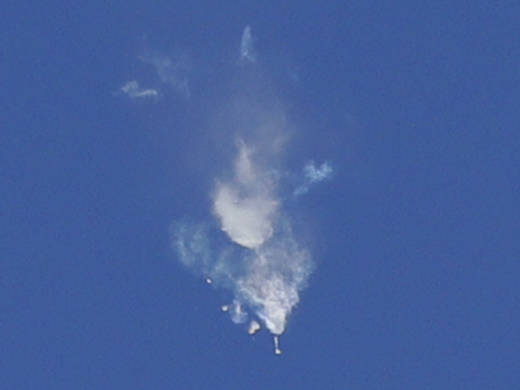A Soyuz rocket booster failed during the launch of a capsule carrying NASA astronaut Nick Hague and Russian cosmonaut Alexey Ovchinin on Thursday, forcing officials to abort their mission. The capsule made a “ballistic landing” and rescue teams recovered the pair, who are reportedly in “good condition,” NASA says.
Hague and Ovchinin launched from the Baikonur Cosmodrome in Kazakhstan at 4:40 a.m. ET, heading to join the crew of the International Space Station. But more than a minute after launch, their Soyuz MS-10’s booster failed.
Search and recovery teams had been predeployed to areas beneath the possible flight path. Helicopters were able to reach Hague and Ovchinin fairly quickly and get them out of the capsule. They then started the process of flying back to the Baikonur Cosmodrome.
Roscosmos, which oversees the Russian space program, tweeted a photo of Hague and Ovchinin being examined in Zhezkazgan. The two are seen sitting on a couch and appear to be in fine spirits.
A NASA TV commentator at Mission Control Center in Houston describes a ballistic descent or landing as coming in “at a sharper angle to land than we normally land at. And that means that the crew inside experiences higher G-force loads as they go through the landing.”

9(MDAxOTAwOTE4MDEyMTkxMDAzNjczZDljZA004))
